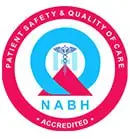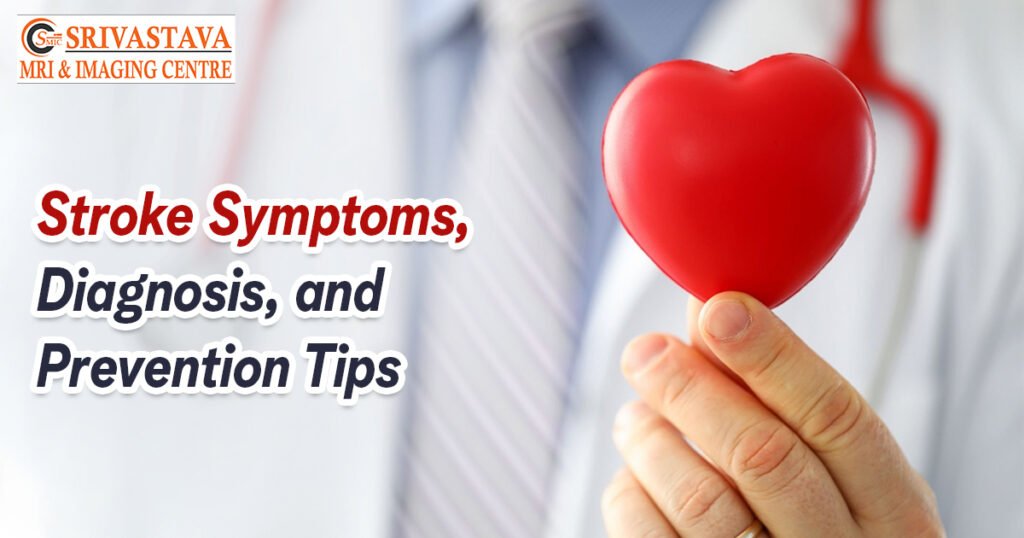When blood flow to a portion of the brain is disrupted due to a damaged or clogged blood artery, a stroke occurs. A stroke can be either hemorrhagic or ischemic. When a blood artery in the brain ruptures or bursts, blood leaks into the brain, this is referred to as a hemorrhagic stroke. When a blood vessel carrying blood to the brain is stopped or constricted by severely narrowed arteries or a thickened mass of blood known as a blood clot, an ischemic stroke occurs.
The symptoms of a stroke vary depending on the area of the brain affected. A person may be unaware that he or she has suffered a stroke in some instances. Symptoms that typically appear unexpectedly and without warning, include:
severe headache with no known cause
numbness or weakness of the face, arm, or leg (especially on one side of the body)
confusion and trouble speaking or understanding speech
vision loss in one or both eyes
dizziness, loss of balance, or coordination.
weakness on one side of the body
unsteady walk.
Diagnosis
The first step in diagnosing a stroke patient is determining if the patient is suffering from an ischemic or hemorrhagic stroke so that appropriate treatment can begin. Your doctor may use a head CT or head MRI to help diagnose your condition, depending on the type of stroke. Blood tests, electrocardiograms (ECGs or EKGs), carotid ultrasonography, echocardiography, and cerebral angiography are some of the other tests that may be performed. Effective and timely stroke treatment can help save lives and lessen disability by restoring blood flow in the case of an ischemic stroke or controlling bleeding and lowering brain pressure in the case of a hemorrhagic stroke.
Prevention
Age makes us more susceptible to having a stroke. Heredity also plays a role, if someone having a mother, father, or another close relative who has had a stroke. You can’t reverse the age or change your family history, but there are many other stroke risk factors that you can control.
Monitoring blood pressure and, treating it, is probably the biggest difference people can make to their vascular health.
If you’re overweight, losing as little as fat can have a real impact on your stroke risk.
Exercise contributes to losing weight and lowering blood pressure, and it works as a stroke reducer.
Monitor your blood sugar as directed by your doctor.
Use diet, exercise, and medicines to keep your blood sugar within the recommended range.
Smoking termination is one of the most powerful lifestyle changes that will help you reduce your stroke risk significantly.
Experts from Srivastava MRI & Imagine Centre (The best MRI Centre in Delhi) recommend a regular evaluation which includes Ultrasound, MRI, and blood tests. This evaluation can identify the source of the problem in more than 90 percent of patients and can help us determine how you might be able to prevent future stroke incidents.



